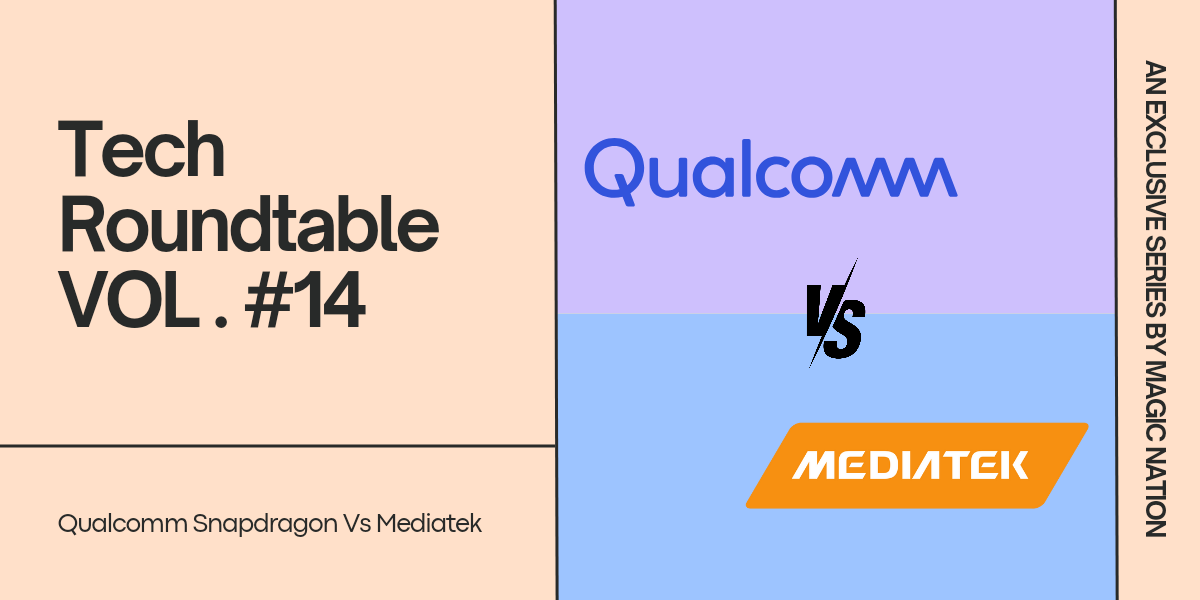Pixel binning is a technique used in smartphone cameras to improve image quality, particularly in low-light conditions. Here's a breakdown of how it works:
Basic Concept:
Pixel binning involves combining multiple smaller pixels (often referred to as subpixels) on an image sensor into a single larger pixel. This process effectively reduces the sensor's resolution but enhances its ability to capture light.
Improved Light Sensitivity:
By combining multiple pixels, the camera sensor can capture more light per pixel, which is particularly beneficial in low-light scenarios. This results in brighter images with less noise.
Resolution Trade-off:
While pixel binning improves light sensitivity, it reduces the overall resolution of the image. For example, a 48-megapixel (MP) sensor using 4-to-1 pixel binning will produce a 12MP image. This trade-off is often acceptable because the enhanced light sensitivity leads to better image quality, especially in challenging lighting conditions.
Implementation:
Modern smartphone cameras, such as those with high-resolution sensors (48MP, 64MP, or even 108MP), frequently use pixel binning. For instance, a 48MP sensor might use 2x2 binning, merging four adjacent pixels into one. Some advanced sensors can perform even more complex binning patterns, like 3x3 or 4x4, to adapt to different lighting conditions.
Software Processing:
The camera software plays a crucial role in pixel binning. It controls when and how the binning is applied, often dynamically adjusting based on the lighting conditions and scene being captured. In bright conditions, the camera might use the full resolution, while in low light, it switches to a binned mode for better performance.
Examples in Smartphones:
Many flagship smartphones from brands like Samsung, Xiaomi, and Huawei utilize pixel binning. For instance, Samsung's 108MP sensors often use 9-to-1 binning (combining nine pixels into one), resulting in a 12MP image with superior light sensitivity.
In summary, pixel binning is a versatile technique in smartphone cameras that enhances image quality by improving light sensitivity at the expense of resolution, making it especially useful for low-light photography.
"Understanding How Pixel Binning Improves Smartphone Camera Performance"
Post Reply
13 posts
• Page 1 of 1
Recent Posts

Tech Roundtable VOL. #14 | Snapdragon v/s MediaTek
Thu Sep 05, 2024 1:12 pm
Kabali
247
9

Did You Know? Facts #56
Sat Sep 07, 2024 4:11 pm
SudhanshuRoy
153
5

Can Gemini Live Replace Google Assistant? Here’s What You Need to Know!
Sat Sep 07, 2024 4:46 pm
Mightykibu
98
7

Best Travel Destination {Part 1} : Sikkim
Sat Sep 07, 2024 4:56 pm
prince084
70
3

Happy ganesh chaturthi wishes
Sat Sep 07, 2024 10:41 pm
saipixels
71
3

Transforming Perceptions: AR, VR, and What's Next ?
Sat Sep 07, 2024 11:48 pm
weird_pixel_
53
3

[Wallpaper Collection] The Glory Of Lord Ganesha ✨
Sat Sep 07, 2024 11:21 am
impradhuman
82
5

JioSaavn - Music & Podcasts
Fri Sep 06, 2024 12:20 pm
saipixels
373
7

[AI Wonders] Diffus: an AI-powered platform
Sat Sep 07, 2024 10:34 pm
RD.•°
52
3

[Offer & Events] - Lightroom Photo & Video Editor
Fri Sep 06, 2024 10:52 pm
RD.•°
219
6
- Copyright © 2024 Magicnation. All rights reserved.
